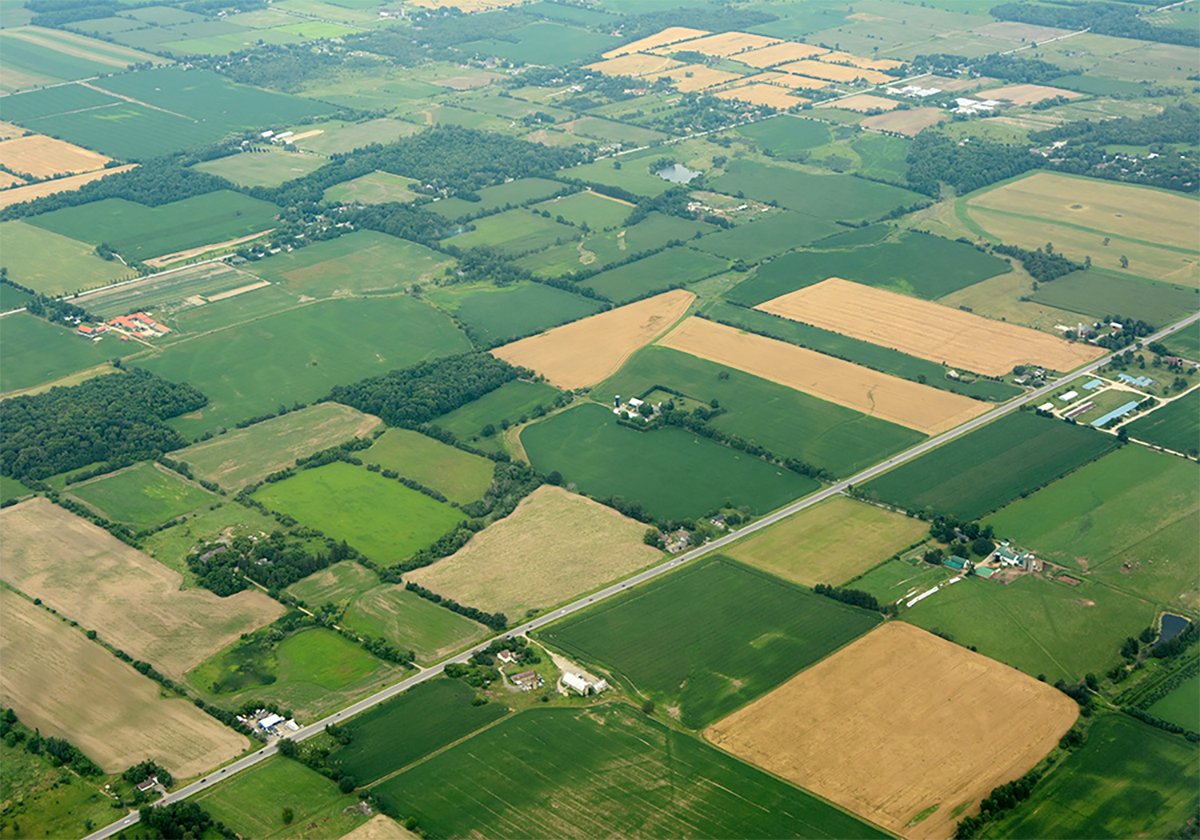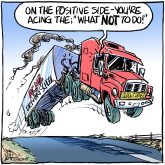THEY unite us still. Through almost all of Canada’s 140-year history, the national railways have been a unifying force for Canadians, a bit like Toronto.
At times, they have united us in hope and pride. More often, they have united us in opposition and contempt.
If you’re Canadian, you take unity where you can get it.
The promise of construction of the Canadian Pacific Railway lured British Columbia into the Dominion in 1871 as the sixth province, completing Sir John A. Macdonald’s dream of a country from sea to sea and uniting most Canadians of the day in a national vision.
Read Also

Higher farmland taxes for investors could solve two problems
The highest education and health care land tax would be for landlords, including investment companies, with no family ties to the land.
The construction of the CPR and the graft that accompanied it a few years later united most of the country against Macdonald in the 1874 election and almost ended his storied political career.
Sir Wilfrid Laurier’s efforts in the early 20th century to cobble together a northern national railway that became Canadian National revived the view of transcontinental ribbons of steel as the stuff of nation building and settlement.
And of course, for decades, prairie farmers seemed united in considering CPR a four-letter word although many have added CN to that designation.
In modern-day parliamentary politics, that prairie voice was well displayed during the wild House of Commons transport committee hearings 25 years ago when the Liberals were first proposing to end the Crow rate. For the opposition transport critics, Regina New Democrat Les Benjamin and Vegreville, Alta., Conservative Don Mazankowski, antipathy toward the railways was never far below the surface.
And few issues can make former agriculture minister Ralph Goodale, a Wilcox, Sask., boy, more twitchy than mention of railway performance on the Prairies.
So for anyone comforted by continuity in Canadian history, there was comfort to be had on Parliament Hill in late November when the railways showed up before that same transport committee to argue against Conservative legislation that would give shippers more power to challenge the services and charges of the carriers.
Their message was simple. The legislation is unnecessary because the railways provide good service, have been reducing freight rates and hear few complaints from customers.
Then it was the turn of MPs and it quickly became clear that the railways had no friends around the table.
“If I go to my riding and I talk, I don’t have another business that is universally more despised than the railroad industry,” said Windsor, Ont., New Democrat Brian Masse.
Toronto Liberal Joe Volpe declared himself among those who believe the railways to be “a group that needs to be looked at rather warily.”
Northern Alberta Conservative MP Brian Jean, parliamentary secretary to the transport minister, told the railway witnesses that as a businessman in Fort McMurray, Alta., trying to bring in furniture from Montreal, he would spend more to move it by truck because the railways were unreliable and slow.
The critics were relentless and skeptical of railway claims of good service and happy customers. The railways were mauled.
The late Mr. Benjamin, once a CPR employee who built a career damning the CPR, must have been smiling.














